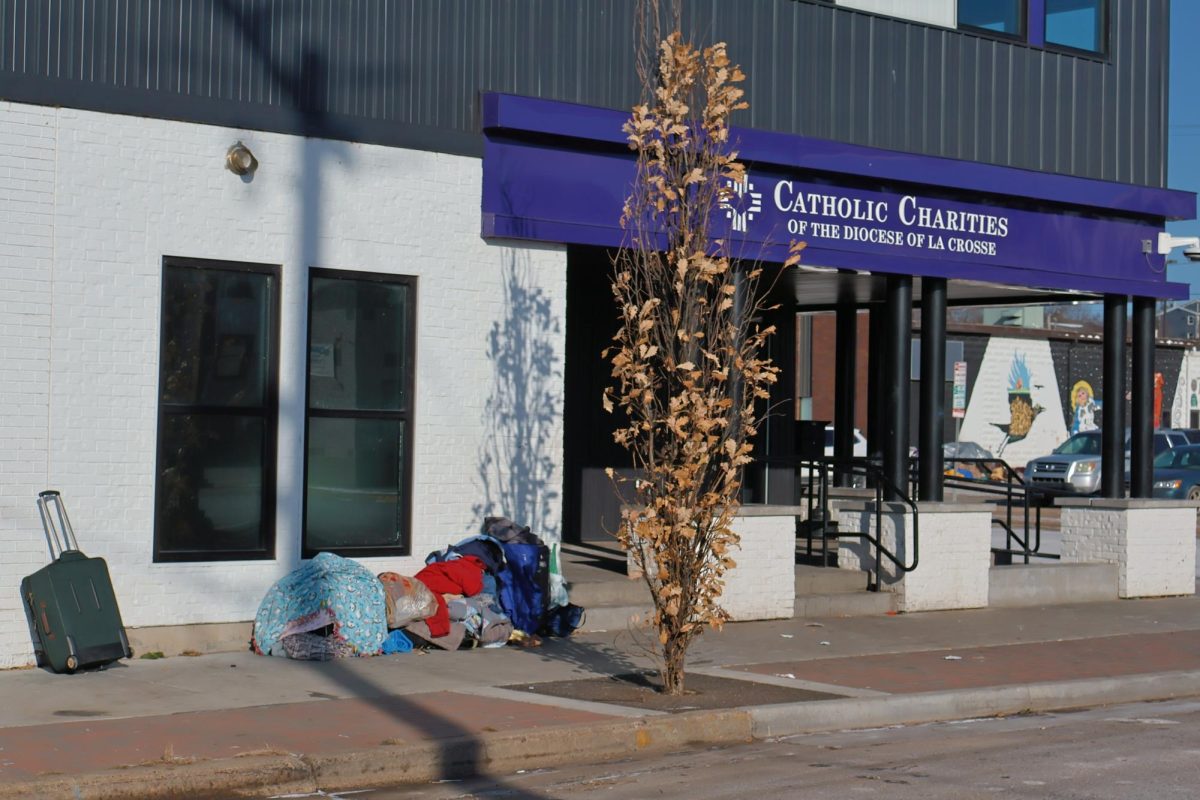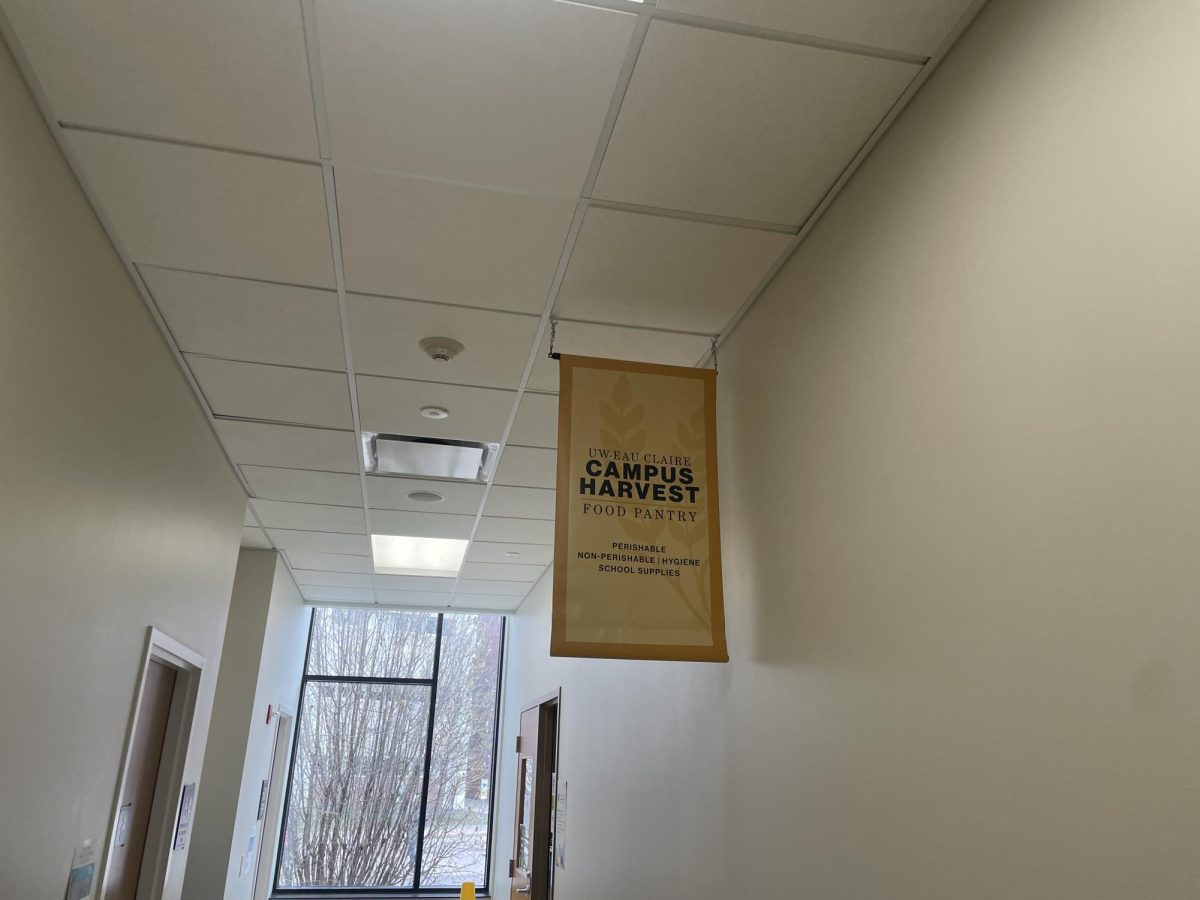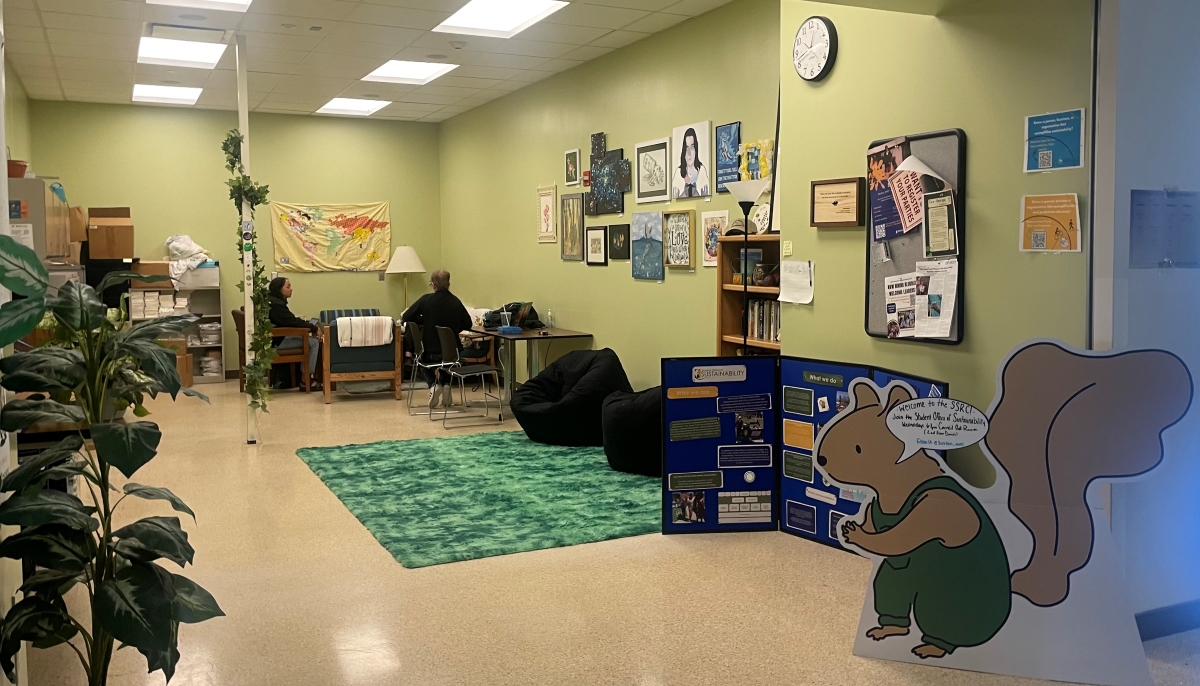Gail Scukanec, dean of the College of Education and Human Sciences, said this is an early phase of the project, known as the pre-design.
“That’s the way the state quantifies what we’re doing,” she said.
In an effort to share information about the new building with the campus and community, the Education Building Committee hosted an open forum last week, with similar meetings that day.
Student senator and junior Jacob Kampen, who attended the open forum, said the focus in the early planning phases seems to be focused on the needs and the height of the building.
“I think it looked like they were doing a good job,” he said.
Kampen said he thinks students would support expansion of individual learning and collaboration centers, similar to those found in the library, if there was room in the new building. But, he added, because it will be an academic building, quality classrooms are going to be the biggest focus.
The building’s goals from the beginning, Scukanec said, are to bring the separate education units together, meet the classroom needs of the campus and free up space in overcrowded areas, such as Hibbard. The foreign languages department and English department will also move from Hibbard Hall to the new education building. Some student service units will also be housed in the new building, such as writing and tutoring centers.
In addition, Scukanec said, there are spaces being planned for collaborative space, or group meeting places, for students.
One third of the building will be classrooms, with about one eighth of the building offering instructional support and collaborative learning spaces. Essentially, Scukanec said, roughly half of the building will be instructional space.
“Having classrooms that are built to meet today’s demands will be very exciting,” she said.
Scukanec said in April that there will be a sustainability meeting held for community members to discuss what environmental needs the building should have. For now, though, she said, there are no scheduled on-campus meetings to discuss the new building.
“The major work right now will be finalizing this first component and presenting it to the state and working with state facilities to get approval for the next steps,” she said, adding one of the upcoming steps involves putting out bids for architectural firms.
Kampen said he was surprised that there were not more people at the event.
“But being that it was more of a presentation ., I wouldn’t expect too many people to show up to something like that,” he said.
Scukanec said she, too, was not surprised by the low turnout for the open forum last week because students, faculty and staff have busy schedules. Also, this building is state-funded as opposed to student-funded like the new student union, she added. With that, she said, it’s expected for students to play a larger role
“This is a little different,” she said. “But I know that more students will become more interested as we get closer.”
The 2009 state budget allotted $44.5 million to replace Brewer Hall and the Campus School, according to a university press release. However, funds will not be made available until 2011 to 2013. In addition, Scukanec said, this will be the first new academic building built since 1982.
Scukanec said she’s looking forward to the opportunities the new building holds.
“The opportunities to look at new ways of designing learning spaces,” she said, “that’s going to be very fun, very exciting for the university.”






